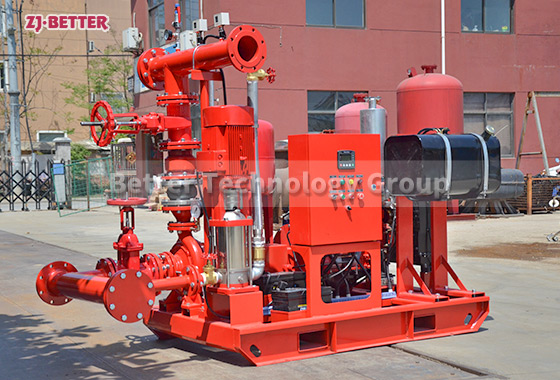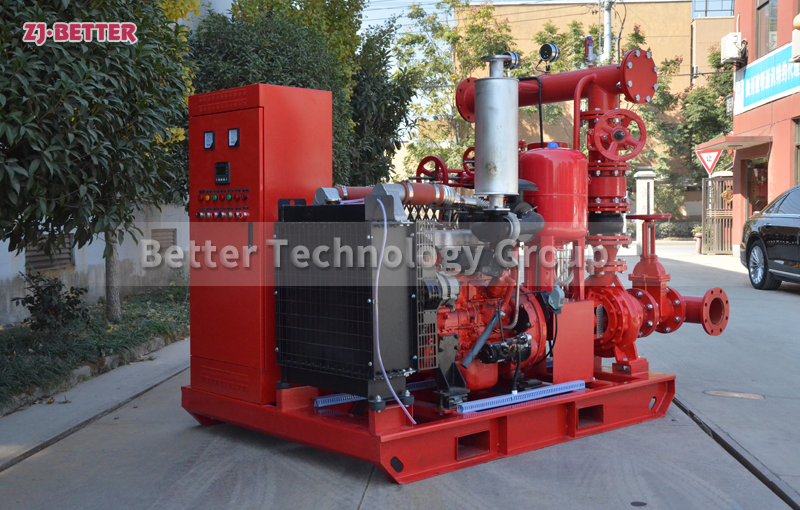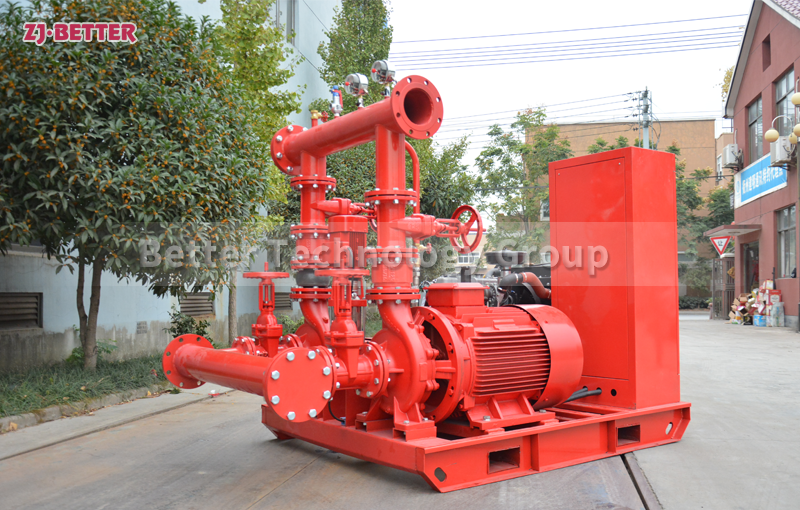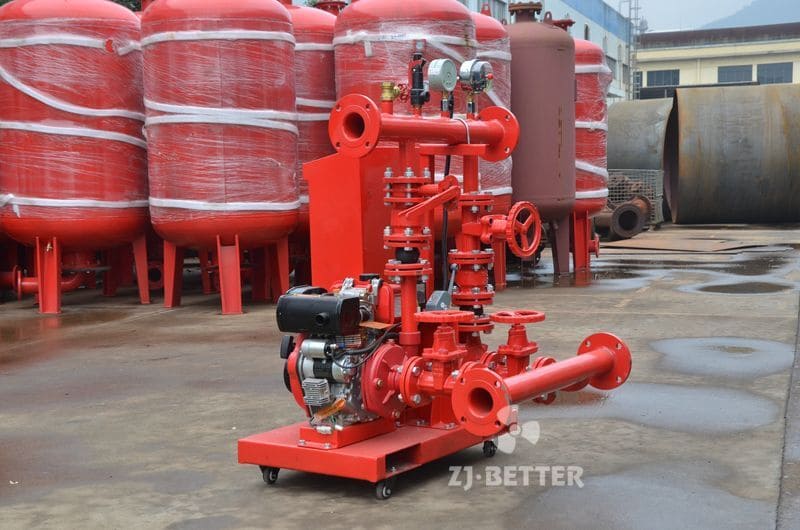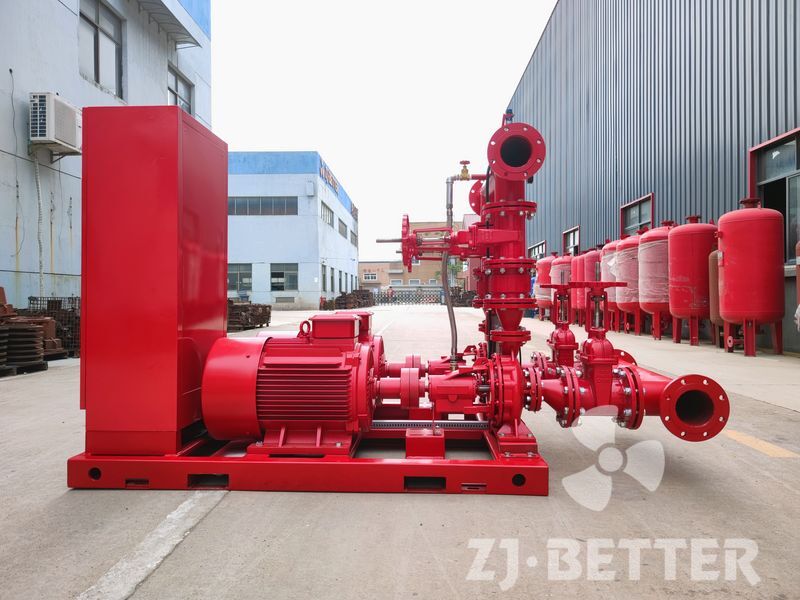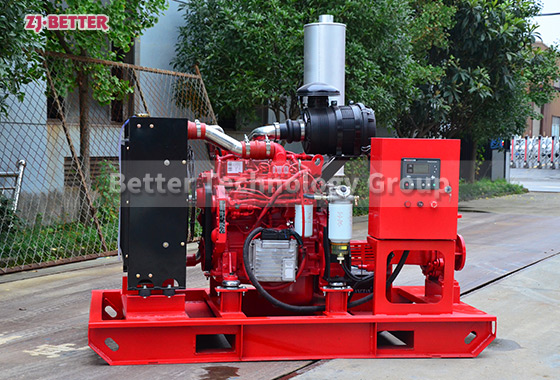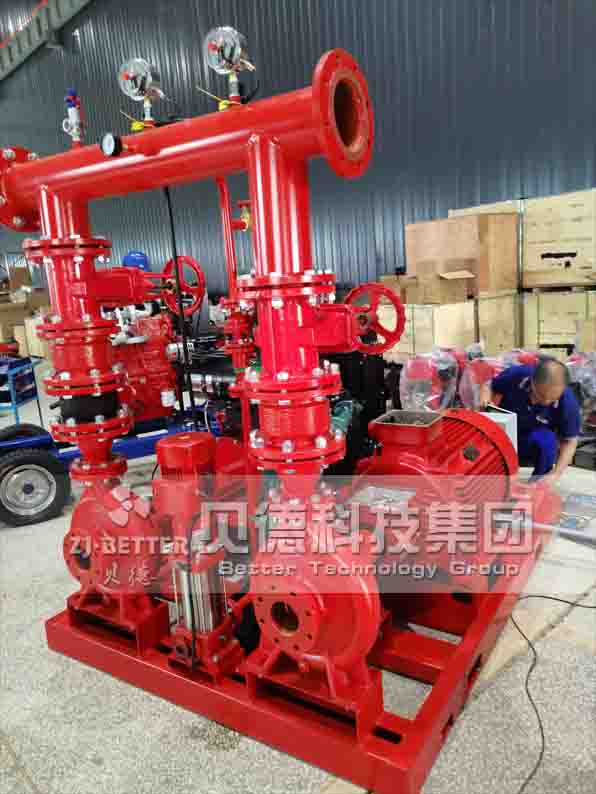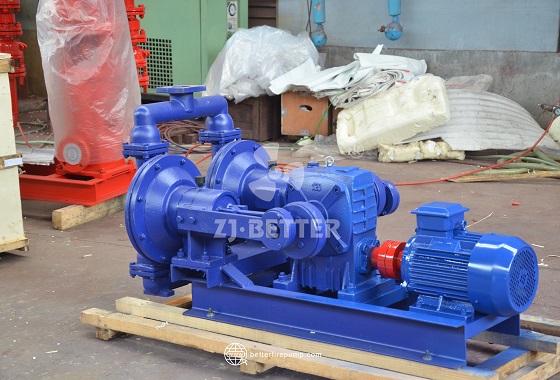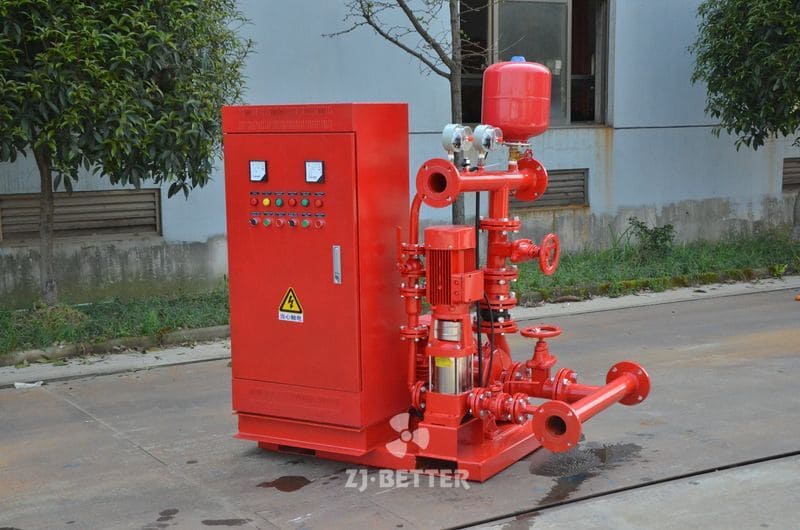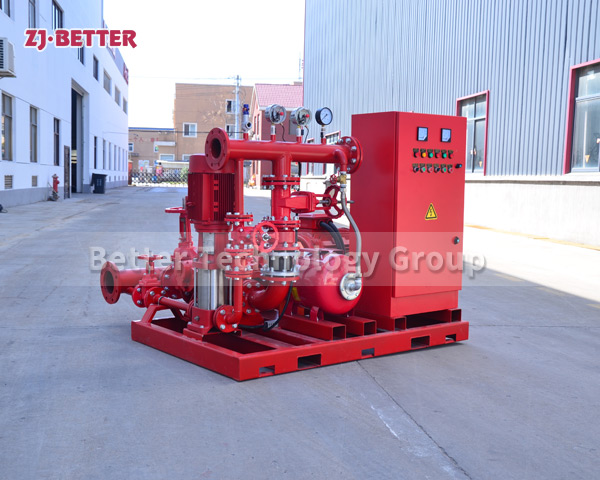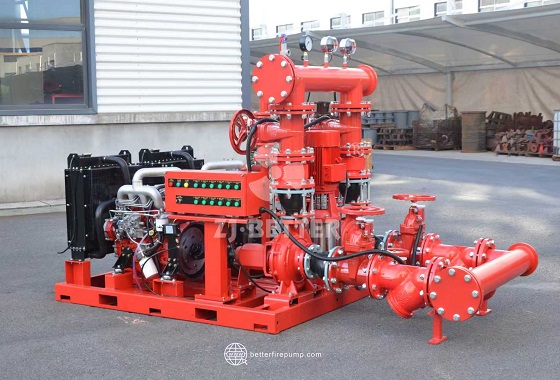What are the control methods of diesel engine fire pump?
Diesel engine fire pumps are often used for emergency water supply in high-rise buildings, water companies, steel plants, wineries, chemical plants, hotels, hospitals, and other large-scale projects. The diesel emergency water supply pump set is suitable for unattended emergency water supply systems. The product has the characteristics of high automation, superior performance, complete protection functions, reasonable structure, simple installation, and high cost performance. pipe network pressure.
According to the technical information of diesel engine fire pumps, diesel engine fire pumps have been widely used in environmental protection, water treatment, fire protection and other departments to pump various liquids. They are ideal pumps for creating civilized workshops and factories without leakage and pollution. Generally speaking, there are three main control methods for diesel engine fire pumps:
1. Manual control: The diesel engine fire pump is manually pressed on the control panel button, and the operation process is automatically completed by the preset program.
2. Automatic control: When the equipment is affected by fire/pipe pressure or other automatic control signals, the response starts/stops.
3. Remote control: The computer realizes remote monitoring, remote control, remote communication, and remote adjustment through the communication network.

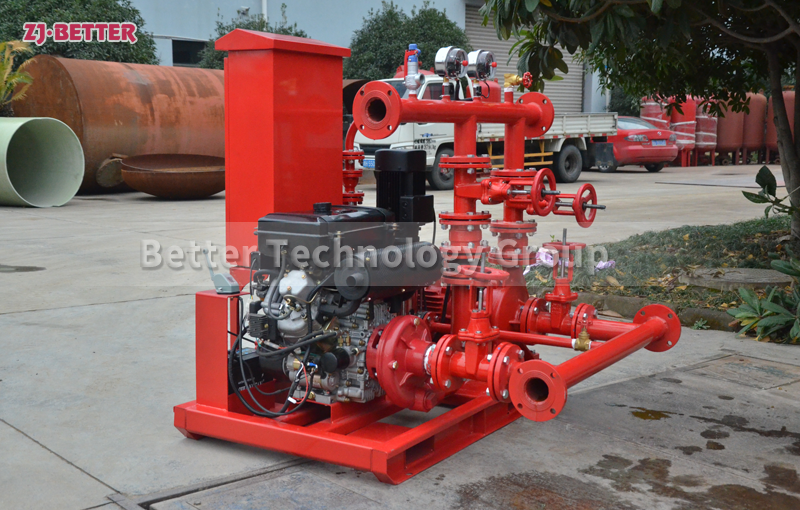
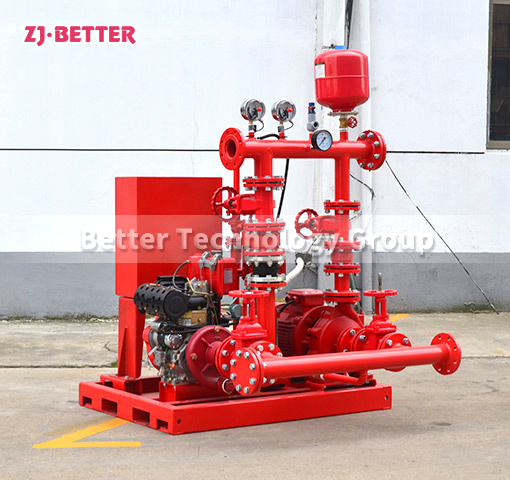
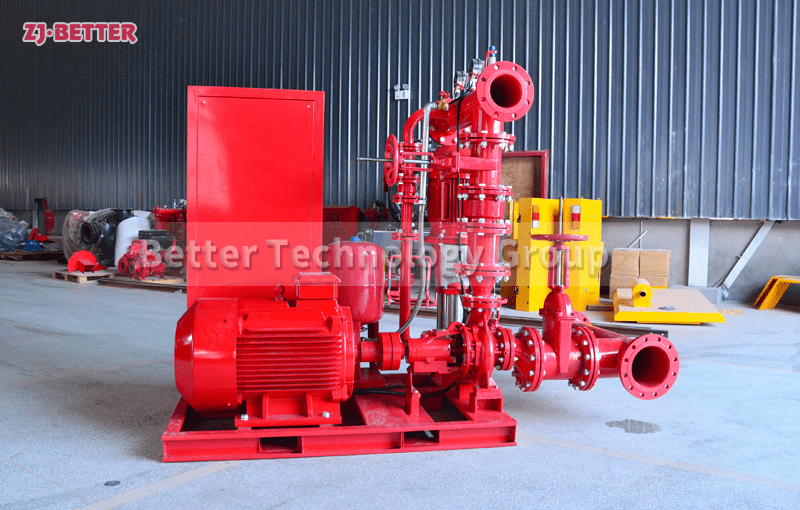
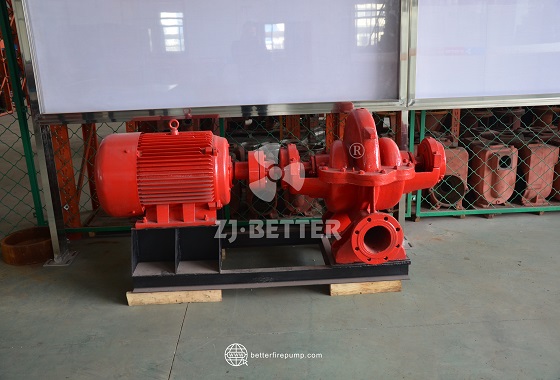

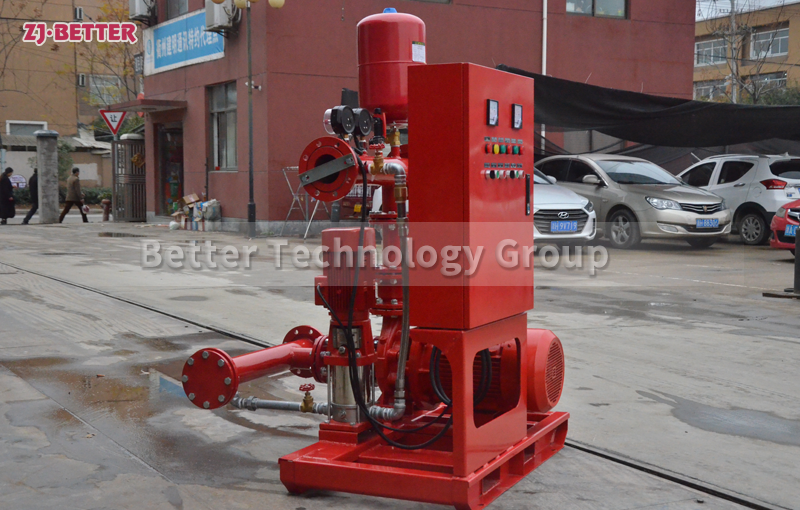


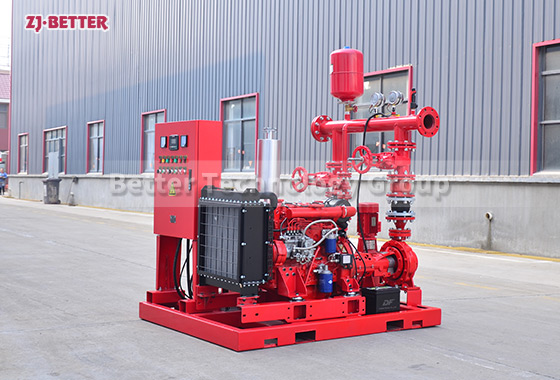
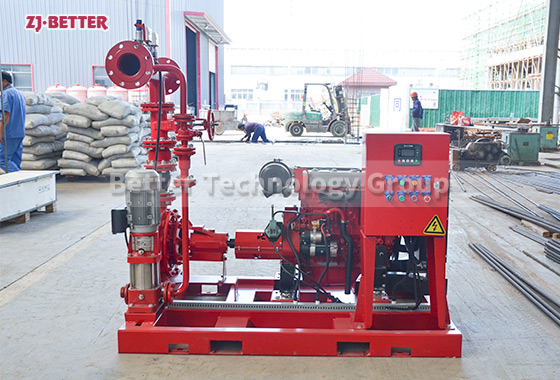

.jpg)
